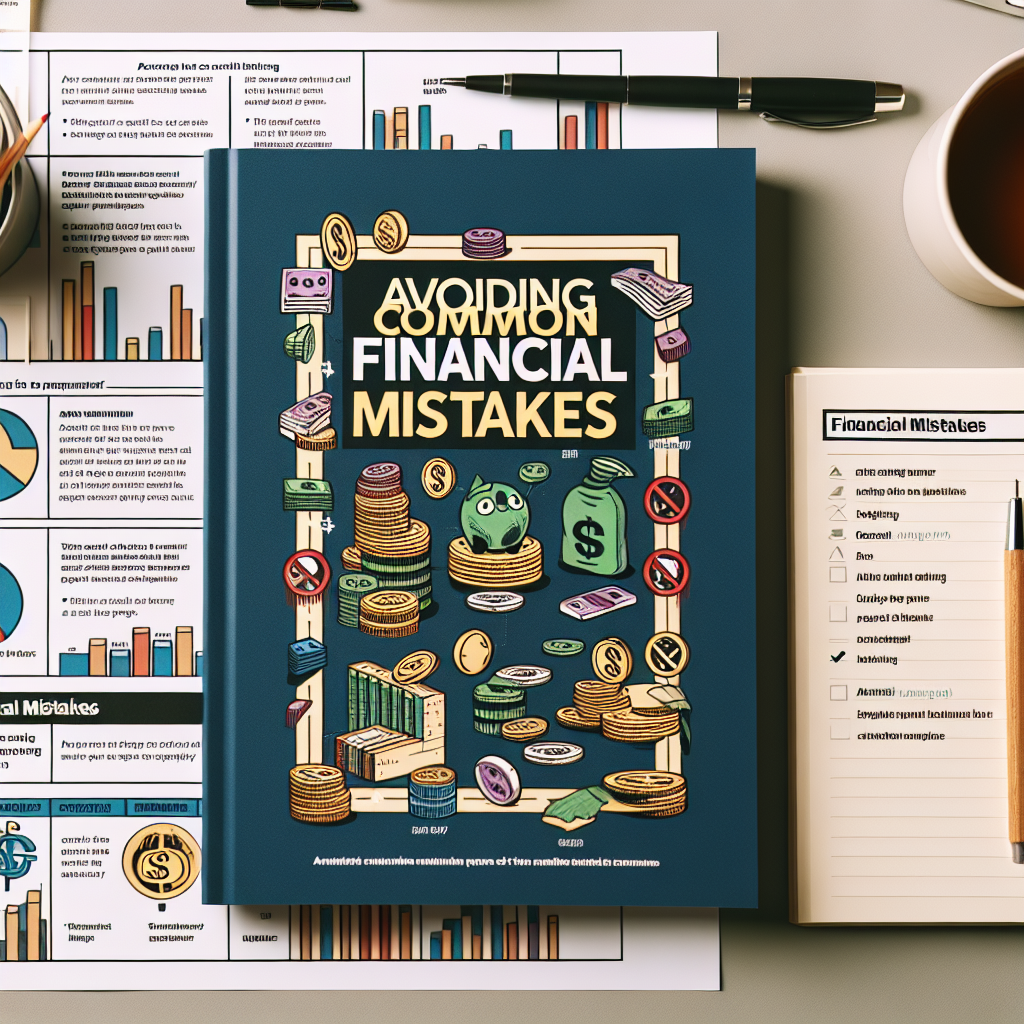
Buying a home is one of the biggest financial decisions a person can make, and for many, the biggest obstacle is the down payment. Traditional advice suggests saving 20% of the home’s purchase price, but that isn’t always necessary. There are several strategies and loan programs available that allow buyers to purchase a home with a much smaller down payment—or even none at all.
1. Explore Low Down Payment Loan Options
FHA Loans
The Federal Housing Administration (FHA) offers loans that require as little as 3.5% down. These loans are particularly attractive for first-time homebuyers and those with lower credit scores. FHA loans also have flexible qualification requirements, making them accessible to more borrowers.
VA Loans
If you’re a veteran, active-duty service member, or eligible spouse, a VA loan allows you to buy a home with zero down payment and no private mortgage insurance (PMI). VA loans also tend to have lower interest rates compared to conventional loans.
USDA Loans
For those looking to buy in rural or suburban areas, the U.S. Department of Agriculture (USDA) loan offers zero-down-payment financing to eligible borrowers with low-to-moderate income. These loans can be a great option for buyers who qualify based on location and income level.
Conventional Loans with Low Down Payment
Some conventional loans allow for a 3% to 5% down payment. Programs like Fannie Mae’s HomeReady and Freddie Mac’s Home Possible cater to buyers with steady income but limited savings. These loans are ideal for those who may not qualify for FHA or VA loans but still want a lower down payment option.
2. Look into Down Payment Assistance Programs
Many state and local governments offer grants, forgivable loans, or second mortgages to help cover down payment and closing costs. Some nonprofits and employers also have assistance programs, so it’s worth researching what’s available in your area. Some programs require buyers to complete homebuyer education courses or meet income limits to qualify.
3. Consider a Piggyback Loan
A piggyback loan, or 80/10/10 loan, involves taking out a primary mortgage for 80% of the home’s price, a secondary loan for 10%, and paying 10% as a down payment. This can help avoid PMI while reducing upfront costs. While this option can be beneficial, it’s important to ensure that the second loan has favorable terms to avoid higher interest payments in the long run.
4. Negotiate with the Seller for Assistance
In a buyer’s market, sellers may be willing to cover part of the down payment or closing costs to help finalize the deal. This is known as seller concessions and can significantly reduce your out-of-pocket expenses. Buyers should work with a real estate agent to negotiate these terms into the purchase agreement.
5. Use Gift Funds
Many lenders allow family members, employers, or charitable organizations to contribute gift funds toward your down payment. Be sure to check lender requirements, as some may require documentation proving the money is a gift, not a loan. Lenders may also impose limits on how much of the down payment can come from gift funds.

6. Improve Your Credit to Get Better Loan Terms
A higher credit score can help you qualify for better mortgage rates and lower down payment requirements. Paying down debt, making on-time payments, and correcting errors on your credit report can boost your score. A strong credit profile can also help you qualify for more favorable loan programs with reduced interest rates and fees.
7. Consider Rent-to-Own Agreements
A rent-to-own agreement allows you to rent a home with the option to buy it later. A portion of your monthly rent may go toward your down payment, making it easier to save while living in the home. However, it’s important to carefully review the contract terms to ensure you understand the conditions for purchasing the home in the future.
8. Look for Homes Below Your Budget
If saving for a down payment is a challenge, consider buying a less expensive home or one that needs minor renovations. You can build equity over time and upgrade later. Additionally, homes in less competitive markets may offer better deals, allowing you to enter homeownership sooner.
9. Save Strategically for Your Down Payment
Even if you’re using a low down payment program, setting aside savings can help cover other home-buying expenses like closing costs, moving expenses, and initial home repairs. Consider:
- Automating savings to consistently set aside money from each paycheck.
- Reducing unnecessary expenses by cutting back on dining out, subscriptions, or other non-essential purchases.
- Using windfalls like tax refunds, bonuses, or financial gifts to boost your savings.
10. Explore Employer Homebuyer Assistance Programs
Some companies offer homebuyer assistance programs as part of their employee benefits. These programs may include down payment assistance, closing cost coverage, or homebuyer education courses. Check with your employer to see if any resources are available.
11. Consider Alternative Homeownership Strategies
If traditional financing isn’t feasible, explore alternative paths to homeownership, such as:
- Co-buying with friends or family, where multiple people contribute to the down payment and share ownership.
- House hacking, which involves renting out a portion of your home (such as a basement or spare room) to offset mortgage costs.
- Buying a duplex or multi-unit property, where rental income from tenants can help cover mortgage payments.
Conclusion
A large down payment isn’t always necessary to buy a home. With the right loan options, assistance programs, and financial strategies, you can achieve homeownership with little upfront cash. Research your options, improve your financial profile, and explore creative solutions to make your dream home a reality. By understanding the available resources and making smart financial decisions, you can successfully navigate the path to homeownership without the burden of a massive down payment.




